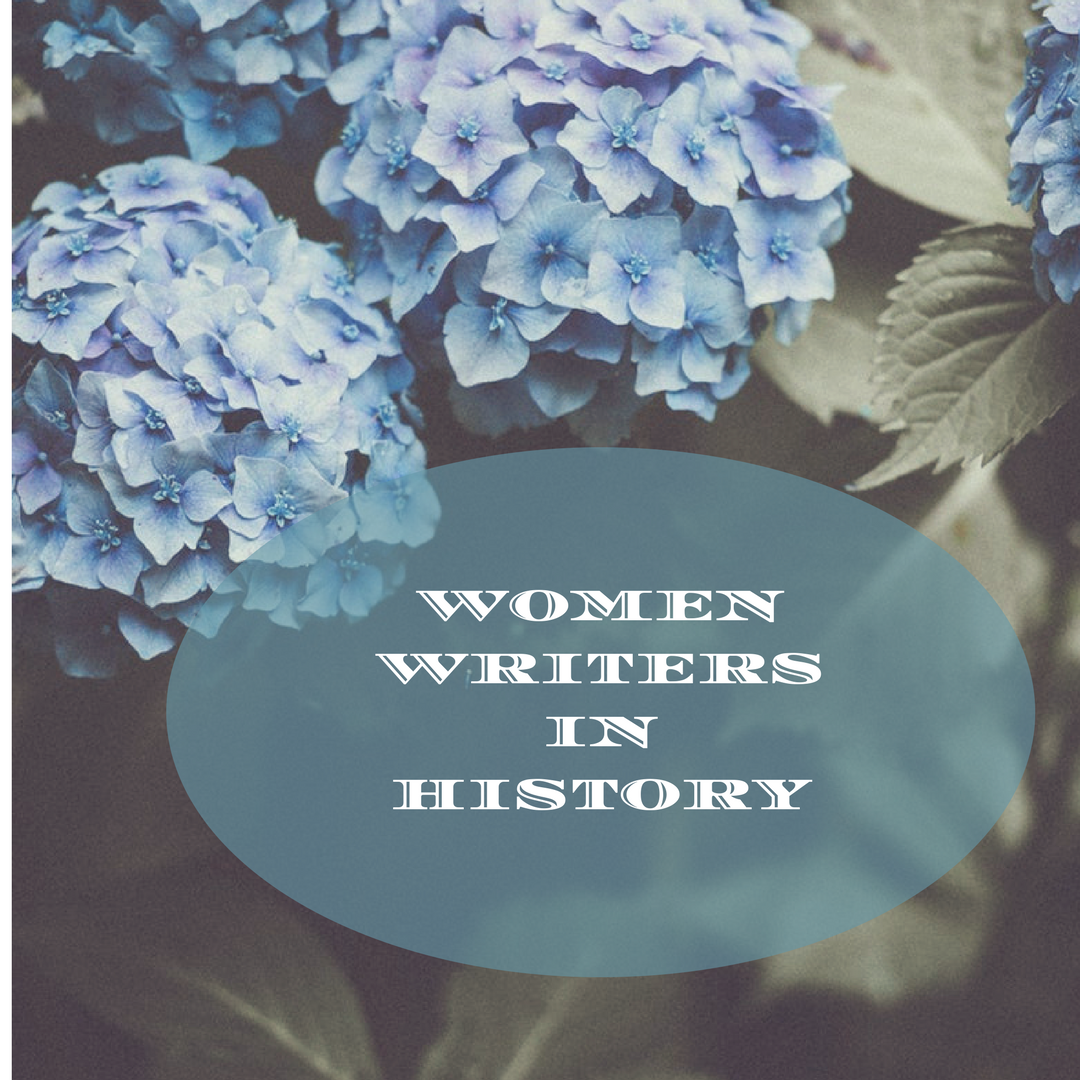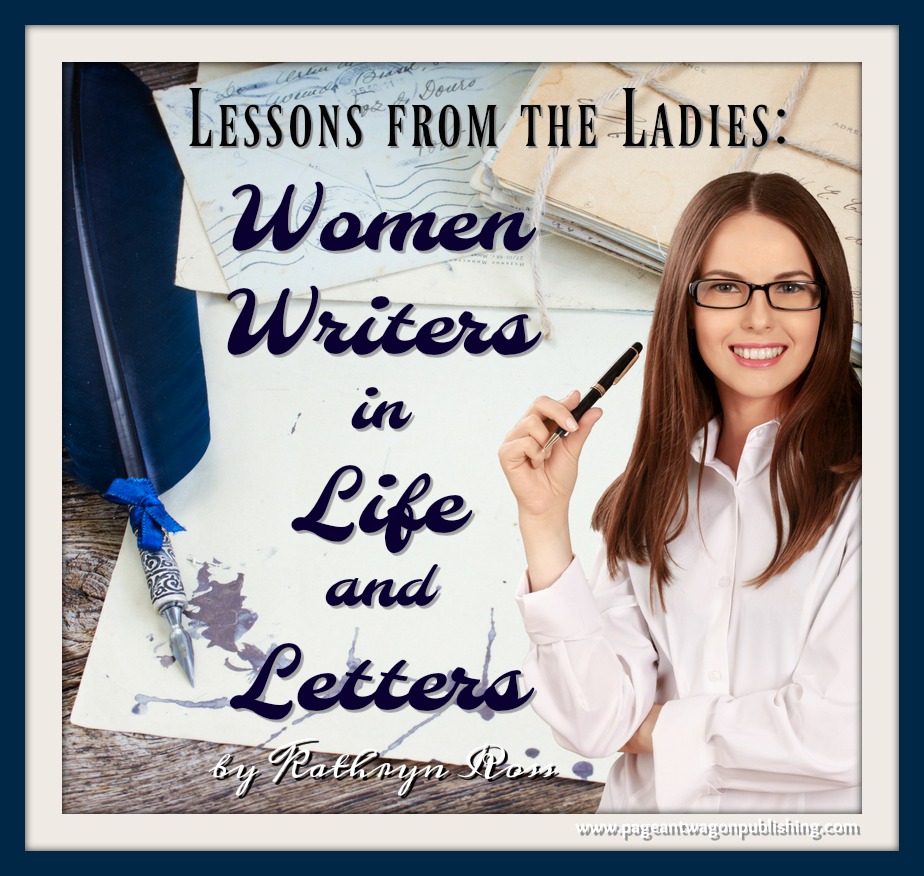
Margaret Elizabeth Sangster: Conversations with a Wise Friend
I stash books in every corner of my home. There’s not a single wall in my house where you…
January 2, 2019
I stash books in every corner of my home. There’s not a single wall in my house where you…
January 2, 2019
I’ve decked the halls at the Ross Ranch with all manner of Christmas splendors, adorning trees and every random…
December 2, 2018
With the November holiday season upon us, turkey tops the menu lists for traditional American fare at family gatherings.…
November 2, 2018
This is the tale of a tail—a tail that belonged to a little red squirrel, and his name was…
October 2, 2018
In last month’s post, I shared about the disturbing trend of imposing modern standards to classic works of literature…
September 2, 2018
Have you heard the latest outrage in the world of books and publishing? Beloved children’s author, Laura Ingalls Wilder—turns…
August 2, 2018
The nineteenth century exploded with women writers expressing themselves in abandon through story and essay. Serious writers. Sensationalistic writers.…
July 3, 2018
There is something delicious about writing the first words of a story. You never quite know where they’ll take…
April 3, 2018It is only a novel . . . or, in short, only some work in which the greatest powers…
March 3, 2018
“… a hermitage, which is about an acre of ground—an island, planted with all variety of trees, shrubs and…
February 3, 2018
When Benjamin Stillingfleet rejected the norms of 18th century polite society, for the graver pursuits of learning and literature—and…
January 3, 2018
Then the Lord answered me and said: “Write the vision and make it plain on tablets, that he may run who reads it. Habakkuk…
December 2, 2017
The well-born lay woman . . . led a much freer and fuller life than her sister in religion.…
November 2, 2017
Until the last century, men dominated the realms of literature, letters, and learning. We read nothing of women exchanging…
October 2, 2017